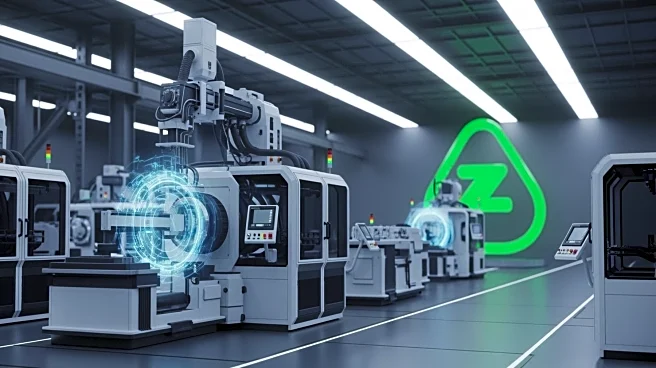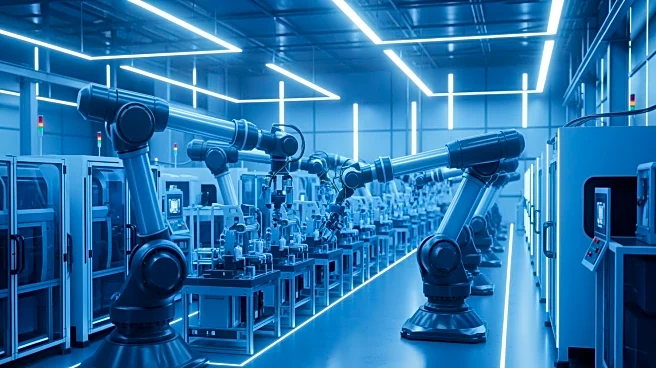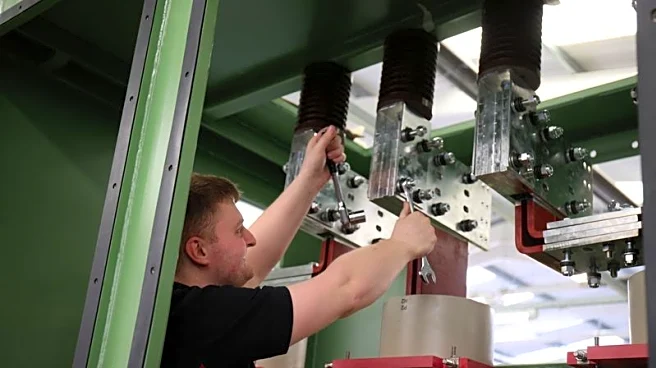What's Happening?
A recent survey conducted by Make UK and RSM UK reveals that the announcement of a long-term industrial strategy is expected to significantly boost investment in the UK economy. According to the survey,
37% of companies plan to increase their investment as a direct response to the strategy. The primary areas of focus for these investments include decarbonisation, artificial intelligence (AI), and digital technologies. Despite this positive outlook, the survey also highlights that investment intensity in manufacturing has reached its lowest level since the EU Referendum in 2016. The survey indicates that confidence in domestic demand is the main driver of investment, while frequent changes to tax policy are seen as a major barrier.
Why It's Important?
The industrial strategy's potential to stimulate investment is crucial for the UK's economic growth, particularly in the manufacturing sector. By focusing on decarbonisation and AI, the strategy aligns with global trends towards sustainability and technological advancement. This could enhance the UK's competitive edge in these critical areas. However, the low investment intensity signals a need for stable and supportive government policies. The survey suggests that consistent tax incentives are vital for encouraging investment, which could lead to increased innovation, productivity, and economic growth. The strategy's success could have significant implications for the UK's ability to compete internationally and transition to a more sustainable economy.
What's Next?
The forthcoming UK Budget presents an opportunity for the government to solidify its commitment to the industrial strategy by safeguarding and potentially expanding investment incentives. Stakeholders, including manufacturers and economists, are urging the government to simplify tax reliefs and make them more accessible. This could drive further investment in accelerating technologies and innovation. The government's actions in the upcoming Budget will be closely watched by industry leaders, as they could determine the pace and scale of investment in the coming years.












